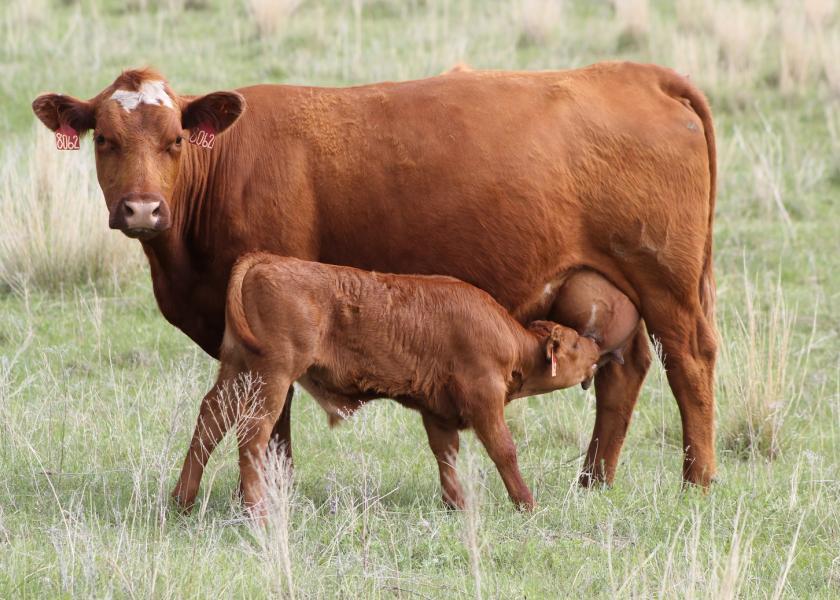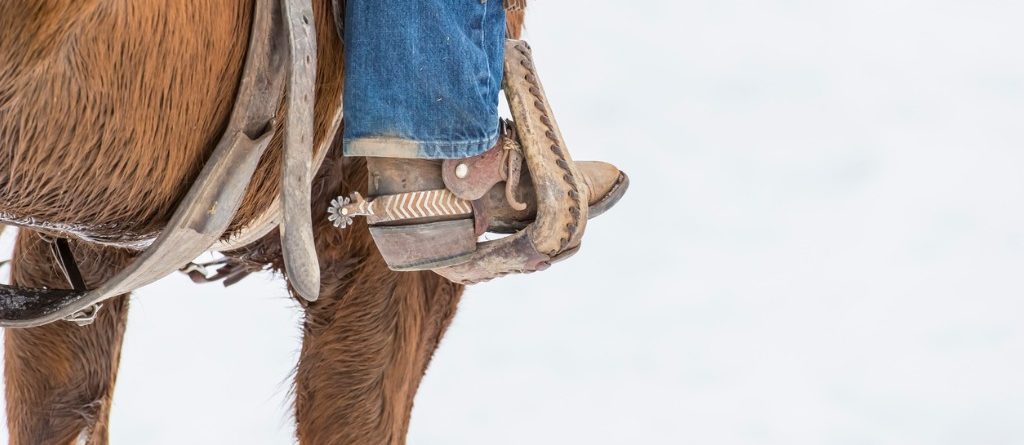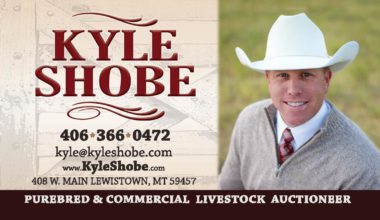The U.S. beef cowherd has been in liquidation since the last cycle peak of nearly 32 million head in 2019, to the present just over 28 million head. This is the lowest beef cow inventory since the early 1960s. This long-term liquidation has primarily been the result of drought but also largely influenced by a lack of profitability, until last year. The lack of profitability has correspondingly influenced a low rate of heifer retention in recent years. At present, it appears as though cow herd numbers have stabilized, and data does not indicate that restocking or expansion is taking place at this point.
Currently the forces opposing expansion include age of producers, interest rates, labor availability, and the outlook for a return of the La Nina weather pattern. In addition, the cost of taking on cow or bred heifer inventory with the increase of female prices is a hindrance.
Cyclically, the market is one year into the cycle of higher prices. In the current market the value of cattle is historically robust and should remain so for several calf crops to come.
Summer has arrived. Consider the following in your summer management plan in order to protect your assets and/or add value in the weeks and months ahead:
- Fly and Tick Control
- Anaplasmosis Control
- Water Supply
- Remove Bulls from breeding pastures in a timely fashion to control the length of calving season
- Cut native grass hay meadows by early July for the best trade-off of Quality and Quantity.
- Manage pastures and prepare for drought. Many Oklahoma pastures are still in drought recovery. A dryer (La Nina) weather pattern is predicted for the next several months. Manage accordingly. Scout pastures now to identify weeds and plan your weed control program for next year.
- Dehorning, castration and a vaccination program leading to premiums for health are all management practices that add value to calves. As well, assurance of specific cattle handling and health product use like those verified through Beef Quality Assurance (BQA) can be documented to add value. Cattle health is the foundation of specific marketing programs buyers seek to reduce risk. While a variety of programs exist, most all start with a first round of vaccinations when calves are two to four months of age while still nursing cows. The first round of vaccinations for all would include the first dose of clostridial and respiratory vaccines.
With current prices, these management practices have more value than ever. More details on the Oklahoma Quality Beef Network (OQBN) can be found here.
SOURCE: DROVERS, By Mark Z. Johnson June 24, 2024








